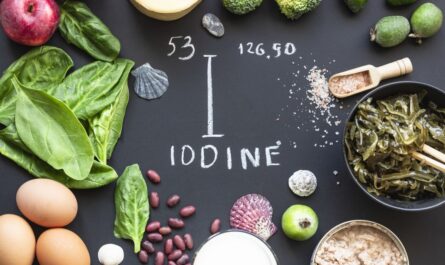Phenolic resins, also known as phenol-formaldehyde resins, are synthetic polymers that are produced by the reaction of phenol or substituted phenol with formaldehyde. They were first synthesized in the late 19th century and are still widely used today due to their unique combination of properties including excellent heat resistance, dimensional stability, high mechanical strength and resistance to wear and chemicals.
Composition and Production Methods
Phenolic resins are derived from the reaction of phenol, or substituted phenol, and formaldehyde in an acidic or basic environment. Depending on the reactants and reaction conditions used, the final structure and physical properties of the resin can be altered. Novolac and resole resins are the two main categories produced on an industrial scale. Novolacs are cured thermally while resoles can be cured thermally or with the aid of catalysts and are thus more versatile. Commercial production involves the alkaline condensation of phenol and formaldehyde to form resole resins.
Applications in Industry
Due to their heat resistance, strength and rigidity, Phenolic Resins have found widespread application in a variety of industries:
– Construction – Phenolic resins are used to produce durable flooring, roofing tiles, refractory bricks and insulating materials due to their fire resistance. They are also used as adhesives and binders for products such as fiberboard and decorative laminates.
– Electrical equipment – Components such as terminal blocks, switchgear housings, fuse insulators and plugs are commonly made from phenolic resins for their great dielectric properties and ability to withstand high temperatures.
– Automotive – Brake pads, clutch facings, gears and bearings utilize phenolic resins for their abrasion resistance and mechanical strength, especially at elevated temperatures.
– Aerospace – Phenolic matrix composites are ideal for lightweight aircraft components like rotor blades, ducts and firewalls due to their heat resistance, strength and ability to bond with reinforcing fibers.
– Foundry – Novolac resins are used in the production of sand casting molds and cores since they can maintain dimensional stability at high temperatures in contact with molten metal.
Advantages Over Other Polymers
Besides excellent thermal stability and mechanical properties, Phenolic Resins offer advantages over many other synthetic polymers:
– Cost effectiveness – Phenolic resins have lower production costs compared to other thermosetting resins like epoxies and unsaturated polyesters due to readily available starting materials.
– Durability – The hardened resin exhibits superior resistance to impacts, abrasion, moisture and chemicals compared to fragile plastics like PVC or acrylics.
– Processing versatility – Both novolac and resole phenolic resins can be processed into a variety of forms including castings, moldings, laminates and fibers, depending on the application.
– Reduced emissions – Phenolic resins produce fewer harmful emissions during curing compared to many other thermosets like furan and urea-formaldehyde resins.
Limitations and Future Developments
While phenolic resins excel in heat and chemical resistance, their brittleness limits uses requiring flexibility. To overcome this, researchers are modifying resin formulations with polymers like acrylonitrile-butadiene-styrene (ABS) to improve toughness while maintaining high heat distortion temperatures. Ongoing work also aims to develop bio-based phenolic resins from lignin-derived phenols to reduce dependency on non-renewable petrochemical resources. Overall, the combination of exceptional properties, processing versatility and relatively low cost mean phenolic resins will remain important industrial materials well into the future.
*Note:
1. Source: Coherent Market Insights, Public sources, Desk research
2. We have leveraged AI tools to mine information and compile it
About Author - Ravina Pandya
Ravina Pandya,a content writer, has a strong foothold in the market research industry. She specializes in writing well-researched articles from different industries, including food and beverages, information and technology, healthcare, chemicals and materials, etc. With an MBA in E-commerce, she has expertise in SEO-optimized content that resonates with industry professionals. LinkedIn Profile


 by
by 


